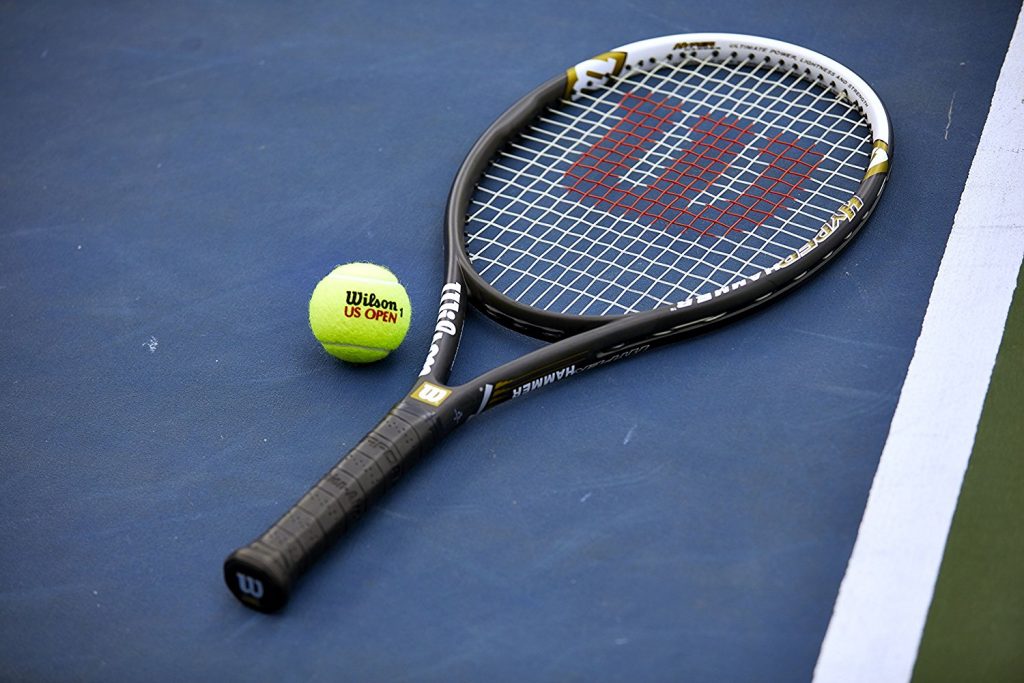It would be extremely daft of anyone to claim that modern tennis greats like Federer, Djokovic, and Nadal go with any racket available to them before the start of play. To excel at the game of tennis, a lot of thought and research goes into choosing the perfect racket for yourself, taking into account such varied factors as height, weight, surface area, etc.

Surface Area or Head size
The surface area of the tennis racket is paramount when it comes to choosing the most favorable racket for anyone, be it a kid, an adult man, or a woman. They are generally subdivided into various categories following each country’s measurement criteria. Still, a size of 85-95 sq. inches should be a perfect choice for any beginner kid or people aged 15/16. After that, they should opt for a size ranging from 95-105 sq. inches or 105-115 sq. inches, based on how flexible the racket feels in their hands. The extra-large option ranges from 115+ sq. inches, is suitable only for people with large hands or a height of over 6.5 inches.
Handle Size
The handle size corresponds to how long you want the metaphorical extension of your arm to be. It should be chosen with precision since a longer handle will cause stiffness around your wrist, and an excessively short one will cause you to feel like you’re losing your grip on every shot you attempt. Also, it is important to distinguish between head heavy rackets and headlight rackets in this context. A head-heavy racket will generally use more energy but has a greater rebound power. On the other hand, headlight rackets are one of the best tennis rackets for women. It allows supreme mobility for the player and is heavy around the handle, resulting in easier maneuverability.
Alignment of Power and Balance
A heavier model of a racket contains more mass than a lighter model, so the differences between them are self-explanatory. While the former allows the player to yield more power and subsequently attain more force in hitting the ball, the latter also has its advantages. A lighter racket is much easier to hold and play with, considering that the player is light-footed and can lob or spin the ball suitably when the need arises to take the opponent by an unpredictable approach. In conclusion, the heavier model relies on brisk strength, while the lighter relies on swift maneuvers.

Men’s Rackets vs. Women’s Rackets
As explained before, women, owing to generally smaller hand size, mostly opt for light-headed models, which produces extremely fast swings and lobs, combined with greater all-round swiftness. It is, however, important to note that it falls upon each player to choose the racket that will suit them best. Serena Williams is said to use a racket that weighs over 330 gm, which is comparatively higher than most players in her league, and she’s still winning Grand Slams at the age of 39 – so go figure!
Durability
Another less discussed criterion you need to focus on before buying the best racket that will suit you is – durability and value for money. If you’re a beginner, the best option would be to go for a lighter and cheaper model and see how it feels in your hands. Alternatively, you can check out second-hand rackets if the condition and value for money correspond to an appropriate model for you.
Despite measurement charts and grip sizes, and whatnot, the last thing for anyone wishing to buy a tennis racket would be to go to a store and check them out yourself. Nothing beats the feeling of swerving and cutting your dream tennis racket through the air and choosing the best one for yourself!



